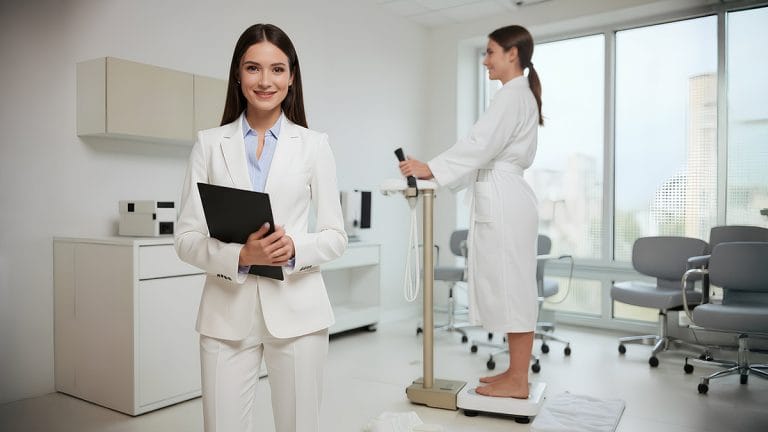
A Complete Guide to Body Composition Measurement Methods: From Gold Standards to Commercial Applications
Accurately understanding body composition—the ratio of fat, muscle, and bone—is critical for health assessment. Today, many body composition measurement methods exist, but they vary greatly in accuracy, cost, and ease of use. This guide explores the leading techniques in body fat analysis, helping you understand their principles and trade-offs. Ultimately, we will clarify why modern Bioelectrical Impedance Analysis (BIA) technology is the ideal choice for balancing accuracy with commercial viability.
Gold Standard Measurement Methods
Labs and clinics typically use these methods. They are known for exceptional accuracy and often serve as the benchmark for validating other techniques.
1. Dual-Energy X-ray Absorptiometry (DEXA)
A DEXA scan uses two low-dose X-ray beams. By measuring their attenuation, it precisely quantifies bone mineral, fat mass, and lean soft tissue. Users simply lie still for a few minutes to complete the scan.
- Pros: Extremely accurate; provides both whole-body and regional data. Therefore, it’s widely considered a research gold standard.
- Cons: The equipment is expensive and bulky. It also requires trained personnel and involves a small amount of radiation.
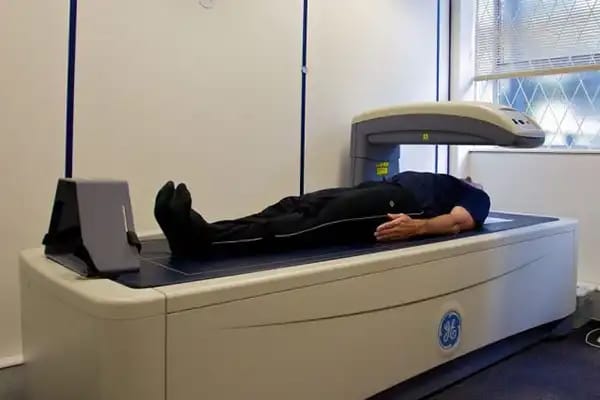
2. Hydrostatic Weighing (Underwater Weighing)
This method is based on Archimedes’ principle. It calculates body density by comparing a person’s weight on land to their weight while fully submerged. From this, it derives the body fat percentage.
- Pros: It was long considered the gold standard for body fat analysis due to its high accuracy.
- Cons: The process is highly inconvenient. For instance, subjects must fully submerge and exhale all air from their lungs.
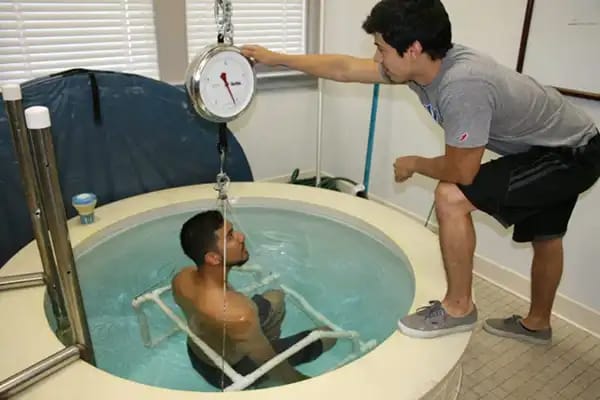
3. Air Displacement Plethysmography (ADP)
This technique, often known as the “Bod Pod,” uses an egg-shaped chamber. It precisely calculates body volume by tracking changes in air pressure. Then, it computes body density and composition.
- Pros: Its accuracy is comparable to hydrostatic weighing, but the process is much faster and more comfortable.
- Cons: The equipment is very expensive and large, limiting its use to research facilities.
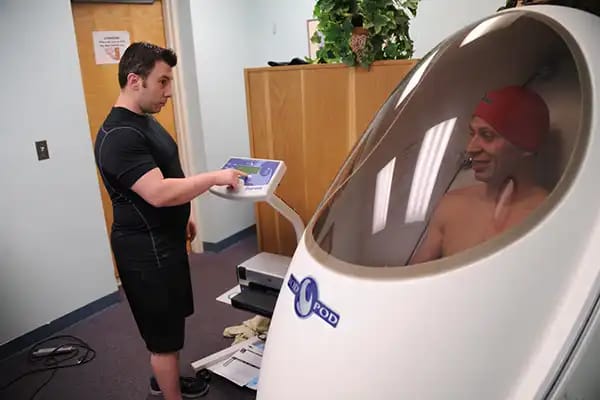
4. Magnetic Resonance Imaging (MRI)
MRI uses powerful magnetic fields to generate detailed images of the body. It offers unparalleled accuracy in differentiating soft tissues, especially for measuring visceral fat.
- Pros: Offers the highest level of tissue differentiation and accuracy, with no radiation.
- Cons: It is prohibitively expensive and time-consuming. Consequently, it is used almost exclusively for advanced medical research.
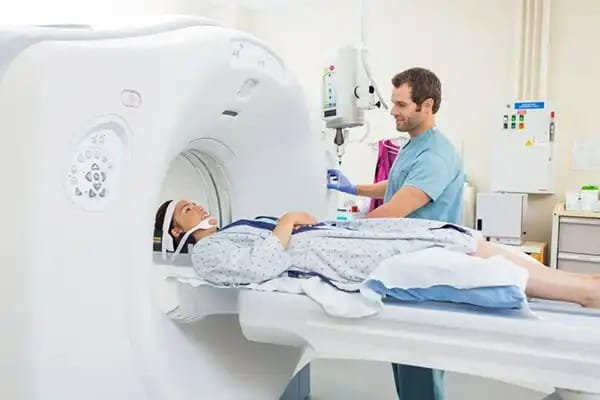
5. Skinfold Calipers
This is a traditional manual method. An operator pinches the subcutaneous fat layer at specific sites and measures its thickness with calipers. An empirical formula then estimates total body fat.
- Pros: The tool is extremely low-cost and portable.
- Cons: Accuracy heavily depends on the operator’s skill and it cannot assess visceral fat.
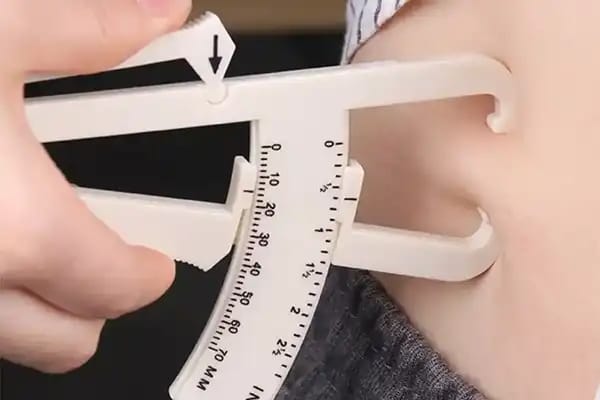
The Ideal Choice for Commercial Solutions
This section details the best body composition measurement methods for modern devices.
6. Bioelectrical Impedance Analysis (BIA)
BIA technology passes a safe, low-level alternating current through the body. It then measures the impedance (opposition) to the current flow. Because muscle is high in water and conducts electricity well, while fat is a poor conductor, BIA can accurately calculate body composition.
- Pros: The measurement is fast, non-invasive, and safe. Moreover, the equipment is far more cost-effective than clinical methods. Advanced BIA systems, especially those using multi-frequency, 8-electrode technology, show a high correlation with DEXA.
- Cons: Hydration status can influence results, but standardized testing protocols minimize this effect.
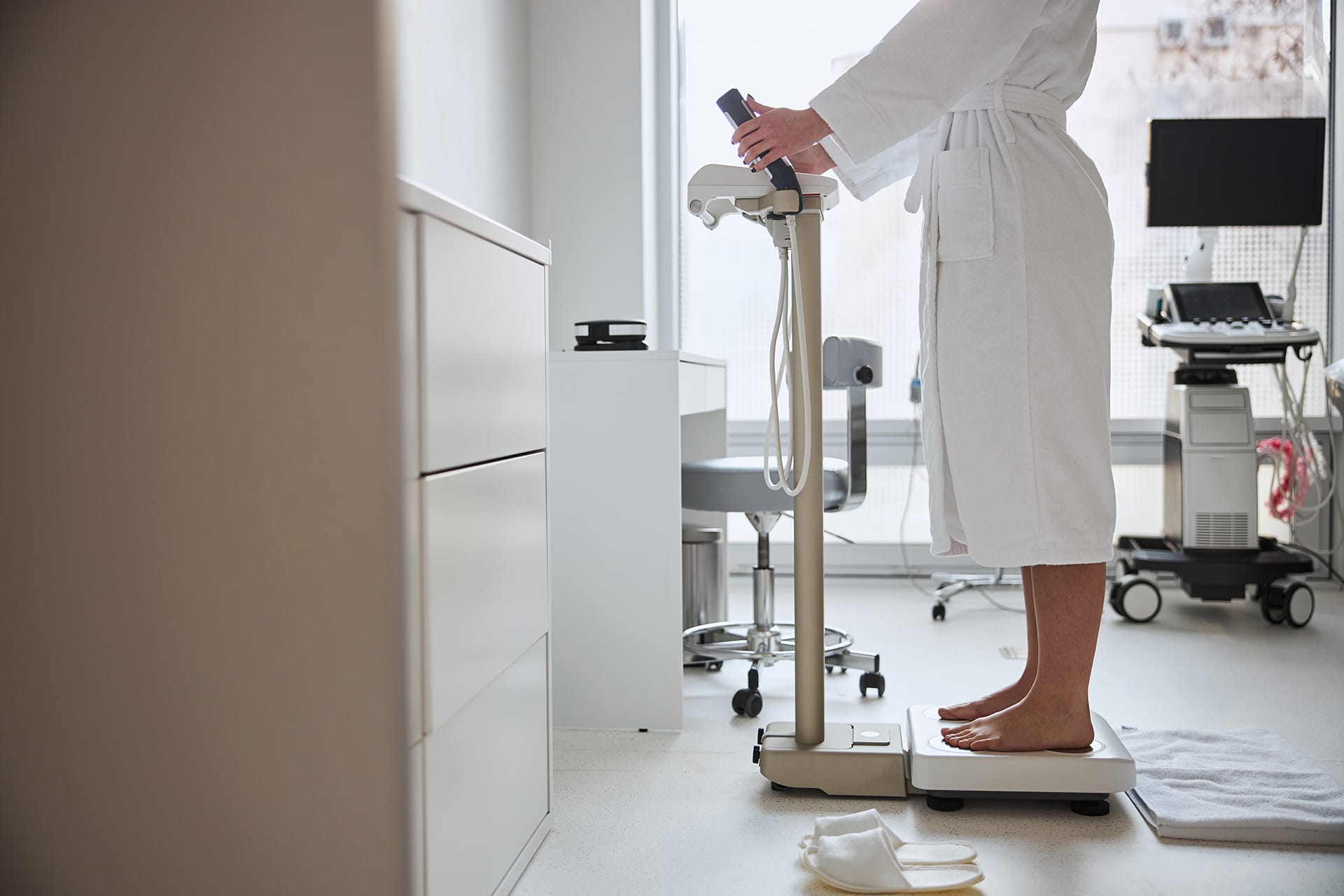
Why BIA is Your Ideal Technology Partner
For businesses creating their own smart scales or analyzers, BIA technology strikes the perfect balance. It delivers on accuracy, cost, and user experience. iBodyinfo specializes in providing advanced BIA core modules and turnkey solutions. Our technology uses an objective algorithm and 8-electrode measurement, providing professional-grade data to accelerate your time-to-market
